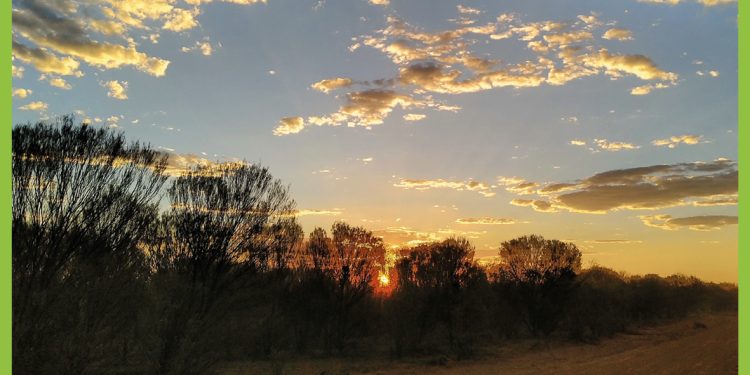Enova Mining Ltd (ASX: ENV) has entered into a binding option agreement with Rodrigo de Brito Mello (RMB), under which it has been granted an option to acquire a 100% interest in the CODA tenements.
Through this option agreement, Enova gains greater exposure to prospective Rare Earth enriched Ionic Absorption Clay (IAC) exploration tenements situated in the mining friendly state of Minas Gerais, Brazil.
Highly impressive exploration drilling results confirm the potential for REE enriched IAC in two of the CODA tenements and likely continued success in the remaining tenement areas.
To date, 11 shallow auger holes were drilled within the prospect. Significant results include:
- 10.5m @ 2,567ppm TREO incl. 4.5m (6m to EOH2) @ 4,157ppm TREO
- 10.0m @ 3,218ppm TREO including 6m (4m to EOH2) @ 3,608ppm TREO
- 10.0m @ 2,414ppm TREO including 4m (6m to EOH2) @ 4,401ppm TREO
- 11.0m @ 2,840ppm TREO
Managing director, Mr. Eric vessel, commented, “This opportunity has emerged as a result of Enova’s recent exploration activity in the highly prospective mineral rich state of Minas Gerais State. The tenements under consideration offer Enova access to a new region of IAC potential. The company considers this the most advanced exploration land package considered so far, with two tenements having impressive drilling results.”
The option agreement allows Enova an exclusive 30-day due diligence period to conduct an evaluation of the tenements commencing on the date of the option agreement until 20 March 2024.
To proceed with the acquisition, the transaction will require a cash payment and the issue of securities. The issue of securities is subject to shareholder approval which the company anticipates will be sought at a general meeting held within two months from the date of the announcement, subject to completion of due diligence to the company’s satisfaction.
Enova is encouraged by the location and size of the tenements in relation to prospective geological features. The prospective geological unit present in the Coda project is composed of the Patos Formation.
Additionally, the prospective unit consists of a horizontal bed of kamafugite, which can be up to 40m thick, overlain by overburden that varies from 0 to 50m. Weathering processes with thick clay zones are prevalent throughout this profile, leading to the accumulation of REE elements closer to the upper part of the formation.
To find out more, please visit www.enovamining.com
To read more articles like this, please visit www.theassay.com/news












